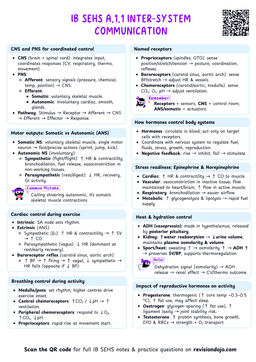Force absorption
The body's ability to safely dissipate and manage external forces to prevent injury.
Protective equipment can lower the risk of injury, including the risk of concussion.
Different types of protective equipment serve specific purposes:
- Helmets absorb impact forces to protect the head
- Mouthguards reduce dental and concussion risks
- Padding protects against direct impact trauma
- Braces provide joint stability
- Athletic tape supports joints and muscles
Protective equipment is only effective when it's properly fitted, maintained, and appropriate for the specific sport or activity.
Common MistakeMany athletes wear protective equipment that's either worn out or improperly fitted. Remember: a helmet that's too loose or too tight won't provide proper protection!
Sporting equipment can be selected or adjusted to suit users of different body sizes and shapes.
Equipment customization considerations include:
- Height and weight adjustments
- Size variations in protective gear
- Equipment fit for different body types
- Adaptations for different skill levels
- Modifications for specific needs
A tennis player needs a racquet that matches their strength, playing style, and physical characteristics - too heavy or light can lead to poor technique and potential injury.
NoteA study found that using smaller basketballs and lower hoops for young players:
- Improved shooting technique
- Reduced shoulder strain
- Increased player confidence
- Led to better skill development
Prehabilitation
Prehabilitation
Prehabilitation involves proactive interventions to prepare athletes for training, competition, and injury prevention. Unlike rehabilitation, which is reactive, prehabilitation focuses on reducing injury risk and enhancing performance.
Key Components:
- Neuromuscular facilitation
- Endurance and strength training
- Plyometrics and balance exercises
- Functional movement training
Example: FIFA’s "The 11" Program (2003)
FIFA introduced an injury prevention program aimed at:
- Improving coordination
- Enhancing ankle and knee stability
- Increasing trunk and lower limb flexibility
The program was designed based on evidence and best practices for core stability and injury prevention.
- Effective warm-up should include:
- Light cardiovascular activity
- Dynamic stretching
- Sport-specific movements
- Progressive intensity increase
- Flexibility training through:


